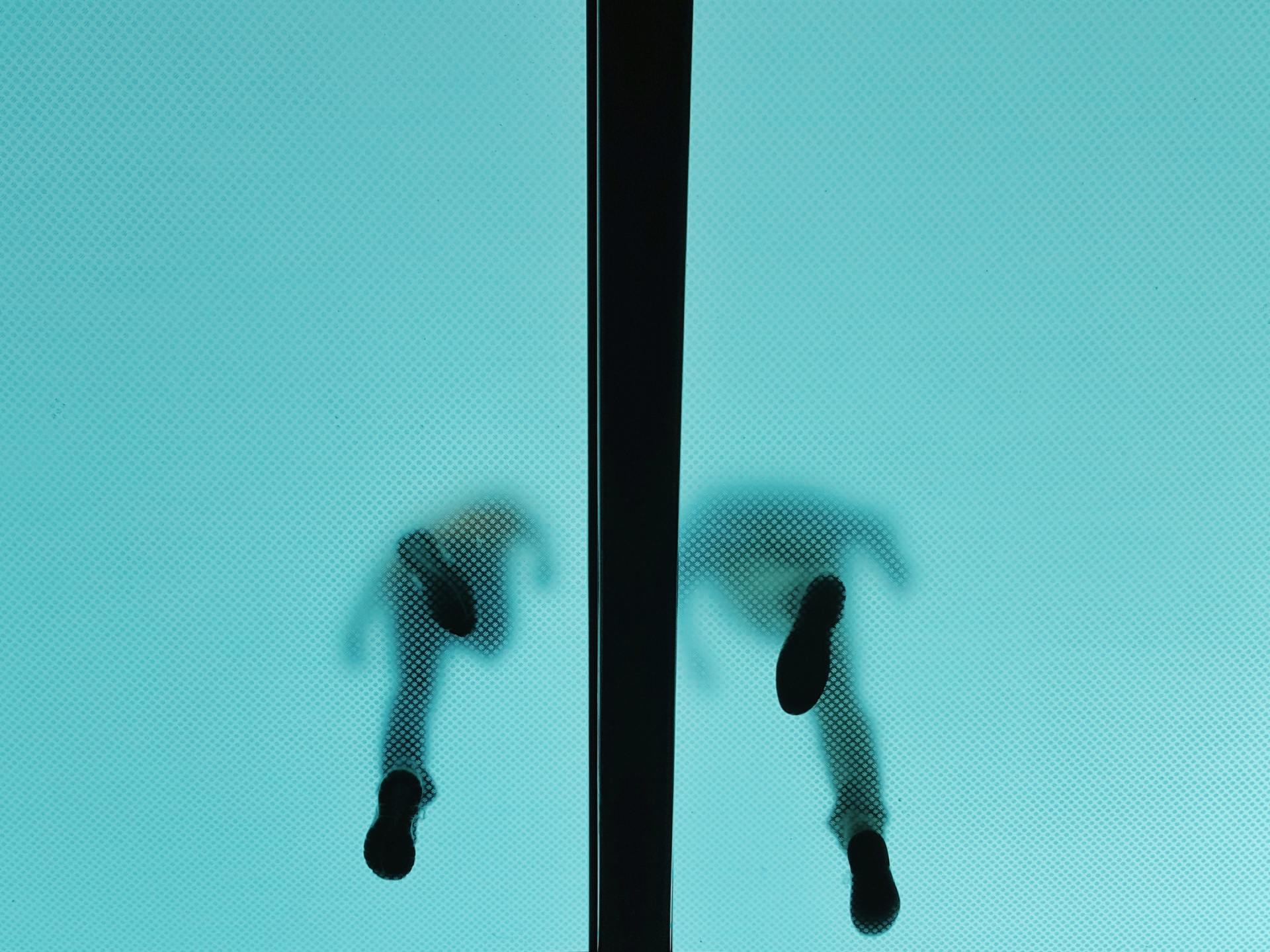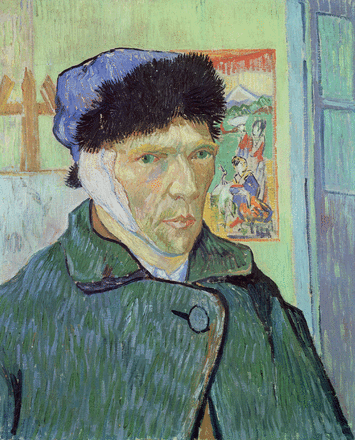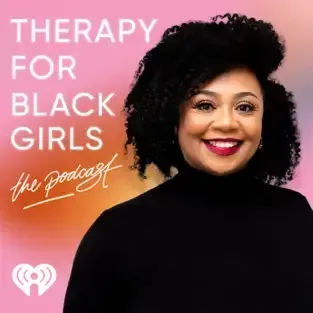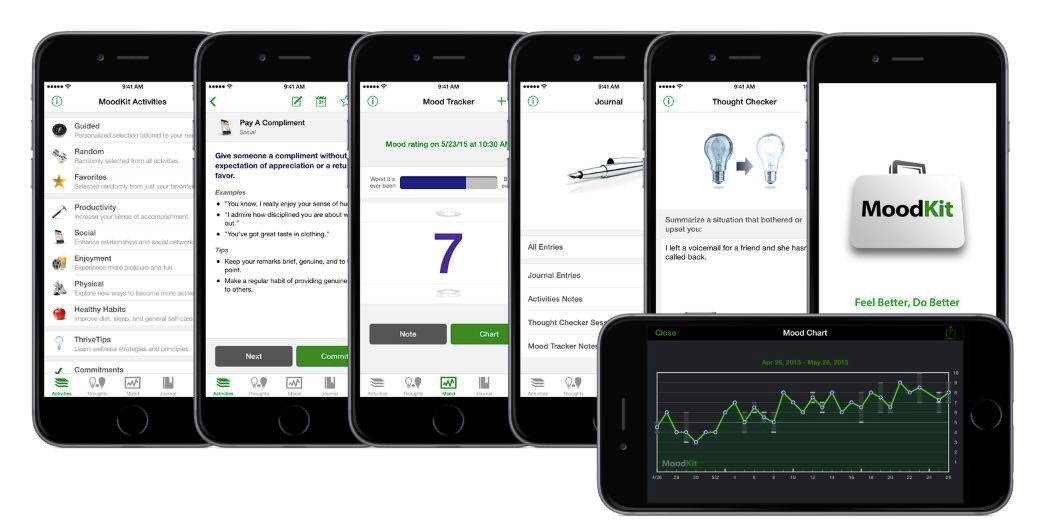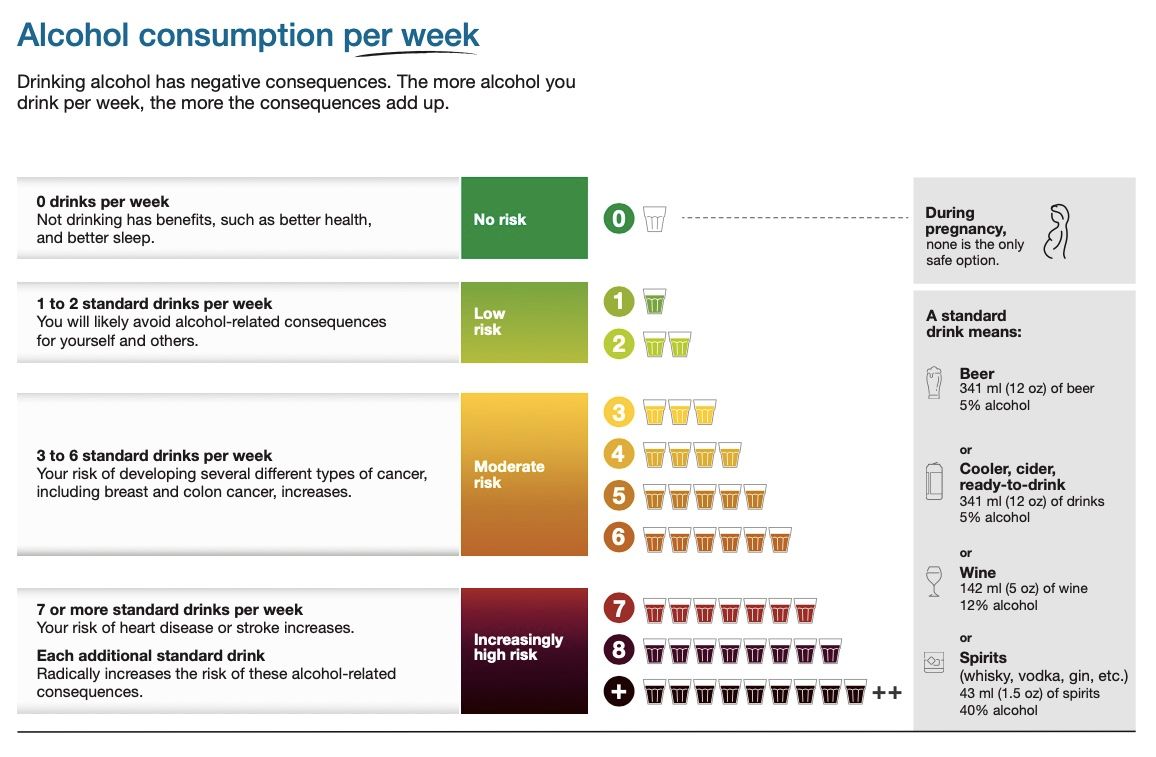Brief Intervention and Contact (BIC) to prevent suicide
Self-portrait with Bandaged Ear (1889) by Vincent Van Gogh (1853–1890)A meta-analysis of randomly controlled trials for strategies to prevent death by suicide revealed BIC was associated with significantly lower oddsof suicide than Cognitive Behavioural Therapy (CBT) or lithium .In low to medium income countries, the results indicate that the World Health Organization (WHO) BIC method had a statistically significant effect in reducing suicide. CBT or lithium treatments in the analysis yielded non-significant findings.BIC is more elaborately described in the precursor study, Effectiveness of brief intervention and contact for suicide attempters: a randomized controlled trial in five countries:BIC is described as a 1-hour individual information session as close to the time of discharge as possible and, after discharge, nine follow-up contacts (phone calls or visits, as appropriate) according to a specific time-line up to 18 months (at 1, 2, 4, 7 and 11 week(s), and 4, 6,12 and 18 months), conducted by a person with clinical experience (e.g. doctor, nurse, psychologist).The individual information session was conducted according to a written protocol which all sites adhered to. It included information about suicidal behaviour as a sign of psychological and/or social distress, risk and protective factors, basic epidemiology, repetition, alternatives to suicidal behaviours, and referral options. Whenever an interviewer realized that a patient needed more intensive treatment, the relevant referral to help was made, when available and if judged necessary
A meta-analysis of randomly controlled trials for strategies to prevent death by suicide
revealed BIC was associated with significantly lower odds
of suicide than Cognitive Behavioural Therapy (CBT) or lithium .
In low to medium income countries, the results indicate that the World Health Organization (WHO) BIC method had a statistically significant effect in reducing suicide. CBT or lithium treatments in the analysis yielded non-significant findings.
BIC is more elaborately described in the precursor study, Effectiveness of brief intervention and contact for suicide attempters: a randomized controlled trial in five countries:
BIC is described as a 1-hour individual information session as close to the time of discharge as possible and, after discharge, nine follow-up contacts (phone calls or visits, as appropriate) according to a specific time-line up to 18 months (at 1, 2, 4, 7 and 11 week(s), and 4, 6,12 and 18 months), conducted by a person with clinical experience (e.g. doctor, nurse, psychologist).
The individual information session was conducted according to a written protocol which all sites adhered to. It included information about suicidal behaviour as a sign of psychological and/or social distress, risk and protective factors, basic epidemiology, repetition, alternatives to suicidal behaviours, and referral options. Whenever an interviewer realized that a patient needed more intensive treatment, the relevant referral to help was made, when available and if judged necessary

